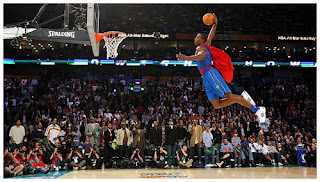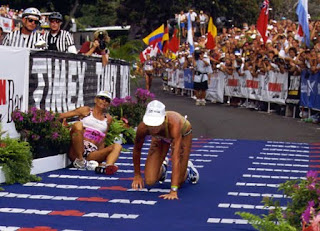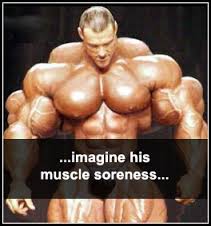Muscle blog series: Part 7: Power:

This is the next blog article in the series and will discuss muscle Power. If your sport involves elements that are explosive and fast then power training will be beneficial. Even if you think your sport doesn’t involve power it probably does at some point. As always how much you do will depend on the demands of your sport. What is Muscle Power? Muscle Power is the ability to exert maximum force at high explosive speeds. Muscle fibre type: Fast twitch so need to perform reps quickly. For example in a 100m sprint the foot contact time is less than 100ms but it takes 500ms to generate maximum force, so you need to train your body to lay down that force faster! How should I train? With Resistance or weights! ….but resistance slows down the movement So.. You need to choose a weight that is high enough to recruit the correct fibres and fatigues early enough but can be moved quickly but under full control. Stretch shortening cycle exercises are good: Plyometri


